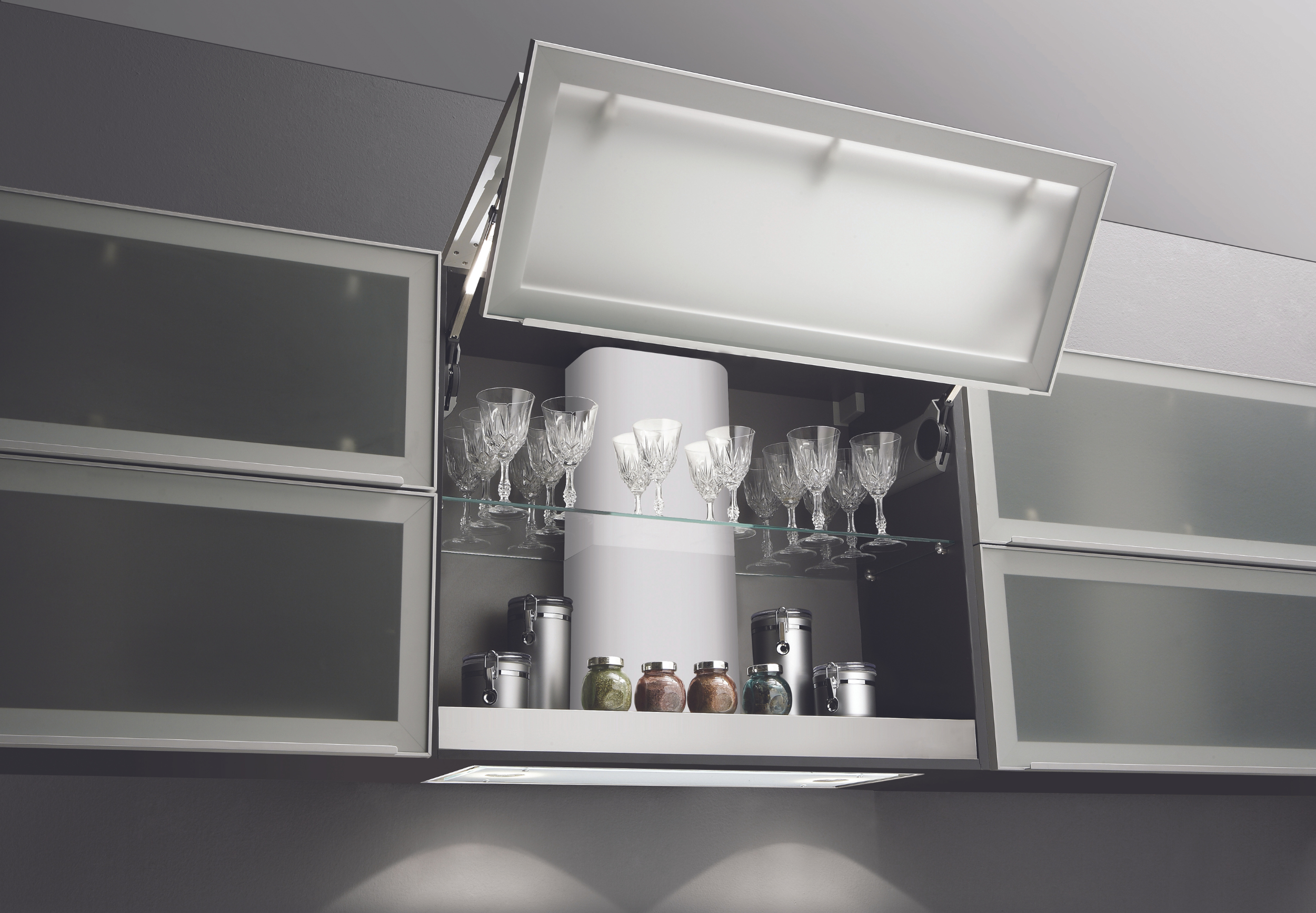Ducted Ventilation Provides Better Indoor Air Quality than Recirculation
We Are Encouraged to Pay More Attention to Particle Pollution from Cooking. This includes becoming better at remembering to use the cooker hood correctly and ventilating for a sufficient amount of time—even after the hob or oven has been turned off.

Cooker Hood Use and Indoor Air Quality Improvement: Insights from EICO
The intensified focus on indoor air quality stems from a new report by the Danish Technological Institute, Artelia, and Aarhus University, highlighting the efficiency of cooker hoods in removing particulate pollution during cooking.
The report emphasizes that "Cooking is one of the major contributors to particulate pollution, odors, and poor indoor air quality." This statement underlines the importance of proper cooker hood use and reminds us of best practices. It also underscores that the cooker hood is a key appliance when designing a kitchen, having the most significant impact on our health.
Risks of Incorrect Cooker Hood Usage
As one of the leading experts in the Nordic region, EICO sees it as its responsibility to provide guidance and ensure informed decision-making. It can quickly become overwhelming to navigate whether the cooker hood is functioning as intended or if it is underperforming, failing to capture ultrafine particles that degrade indoor air quality.
"Many people do not turn on the cooker hood before starting to cook, and some even forget to use it altogether. This can directly contribute to lifestyle-related diseases like blood clots and cancer. Shockingly, the new report indicates that not using the cooker hood during cooking exposes residents to 10 times more harmful particles than being on H.C. Andersen Boulevard during rush hour," explains Finn Kristensen, Technical Manager at EICO A/S.
Ducted Systems vs. Recirculation
Cooker hoods can broadly be categorized into two types: ducted systems and recirculation hoods. Ducted hoods vent the captured emissions (moisture, grease, odors, particles, and heat) directly outside the home, making this the preferred solution.
If ducted ventilation is not feasible, recirculation can be used. With this type, the air is filtered and recirculated back into the kitchen. It has long been known that recirculating hoods do not remove steam/moisture, but the report highlights that they also fail to capture harmful ultrafine particles from cooking. Additionally, a recirculation hood cannot be installed in residences or commercial buildings finalized after January 1, 2015, unless an exemption from the municipality is granted.
"Even the best recirculation filters capture only up to 9% of ultrafine particles, which means they are ineffective in removing these hazardous particles. Additionally, recirculation does not remove moisture, which can lead to mold and other indoor issues. At EICO, we always recommend ducted systems. This solution is the best when it comes to capturing ultrafine particles, as documented by the Danish Technological Institute, which measured approximately 90% capture efficiency with ducted systems," says Finn Kristensen.
Airflow Volume: Another Key Factor
The report further concludes that the primary parameter for effectively removing particles during cooking is the volume of airflow – the more, the better. Next is the proximity to the source, with closer being more effective.
"The report documents that downdraft cooker hoods are the optimal solution for removing ultrafine particles during cooking. This is because the distance to the source is minimal, allowing for quick removal of particles before they disperse into the home. EICO’s downdraft hoods feature the highest airflow velocity in meters per second on the market, ensuring optimal capture of emissions and ultrafine particles generated during cooking," concludes Finn Kristensen.
7 Essential Tips: Using Your Cooker Hood Correctly for a Healthier Indoor Climate
- Always choose a ducted hood if possible.
- Ensure optimal installation height – the closer the hood is to the source, the more effective it is.
- Remember to turn on the hood at level 2 before you start cooking; ideally, 10 minutes prior.
- To optimize air circulation, open a window or door at least six meters away from the hood when starting it. If this is not possible, use a shorter distance.
- Pay attention while cooking. If you can smell the food throughout your home, increase the hood’s power level.
- Let the hood run for at least 15-30 minutes at level 2 after finishing cooking; this will help maintain an optimal indoor climate.
- Don’t forget to use the hood even when using the oven.
